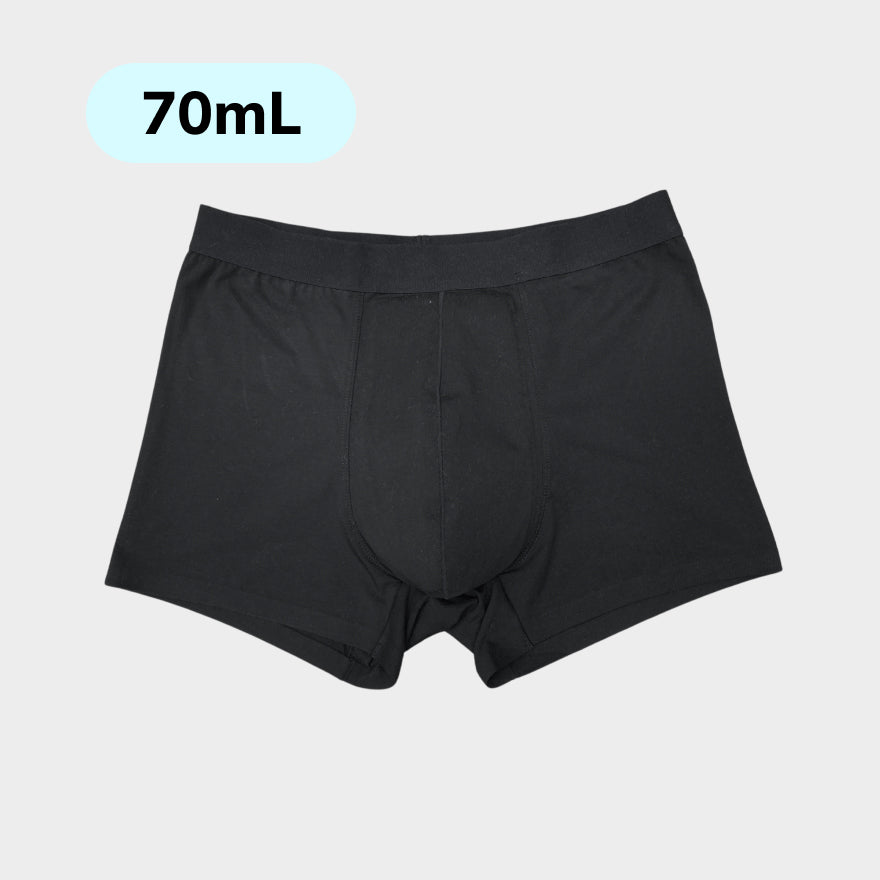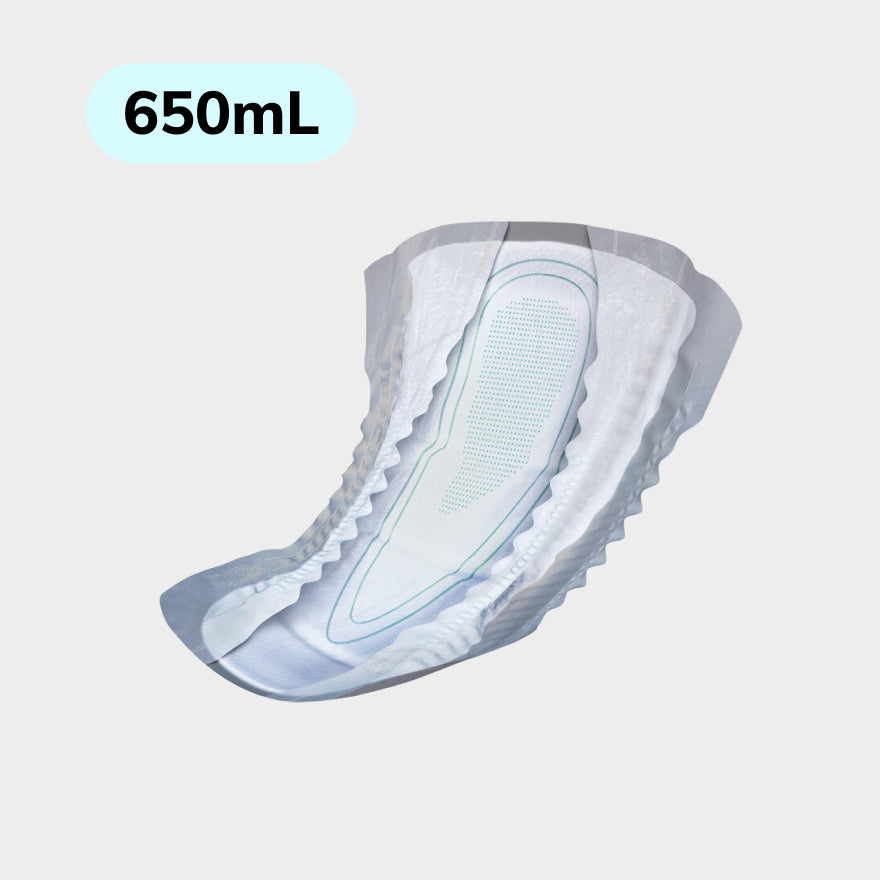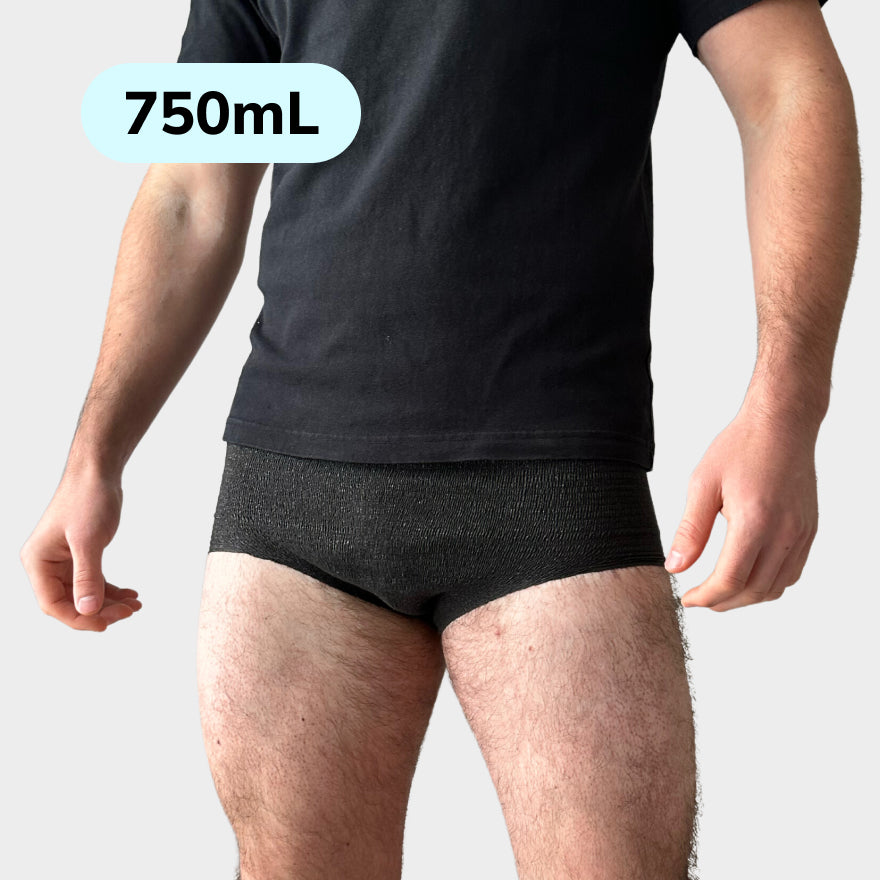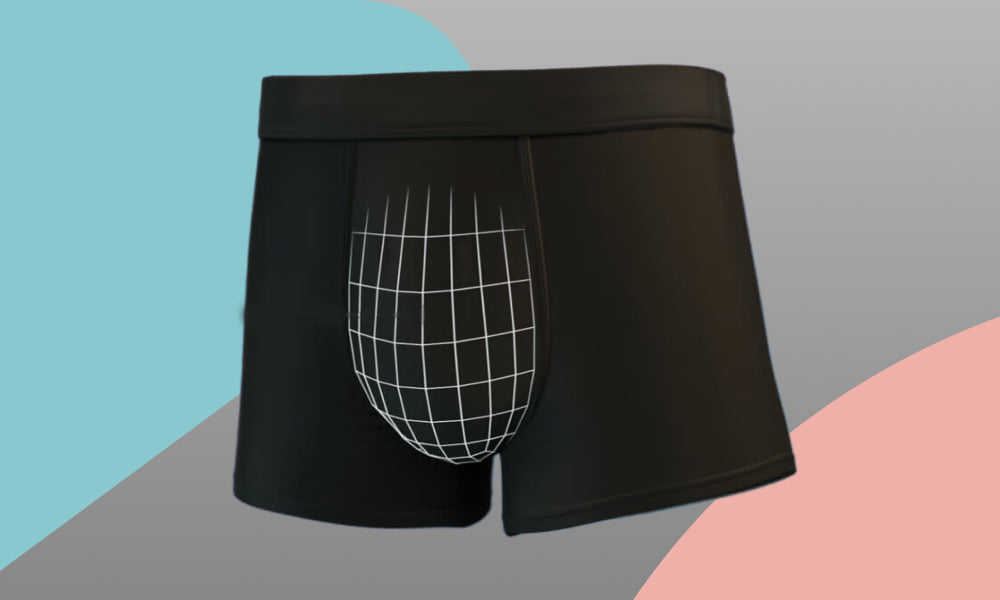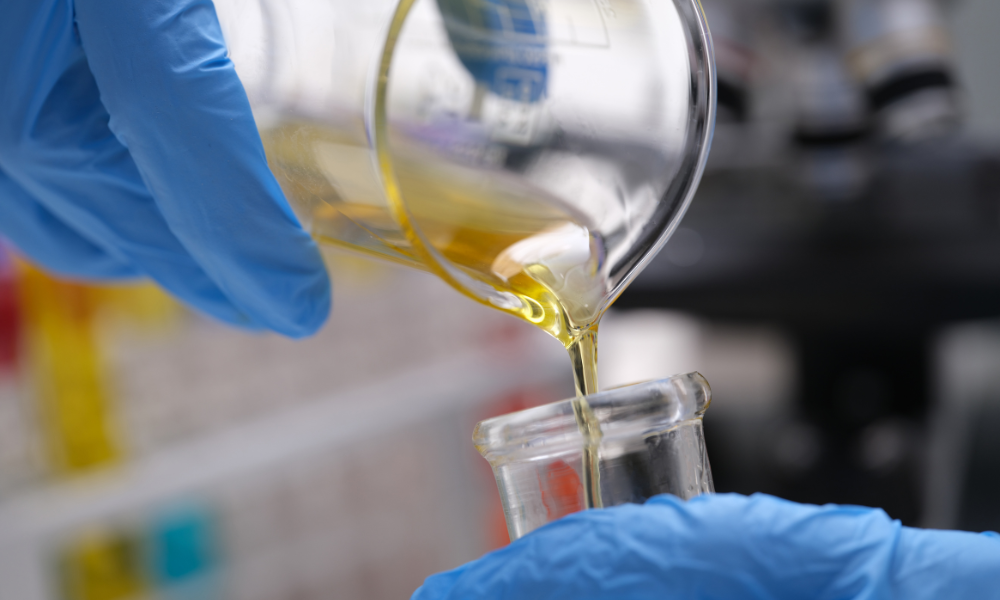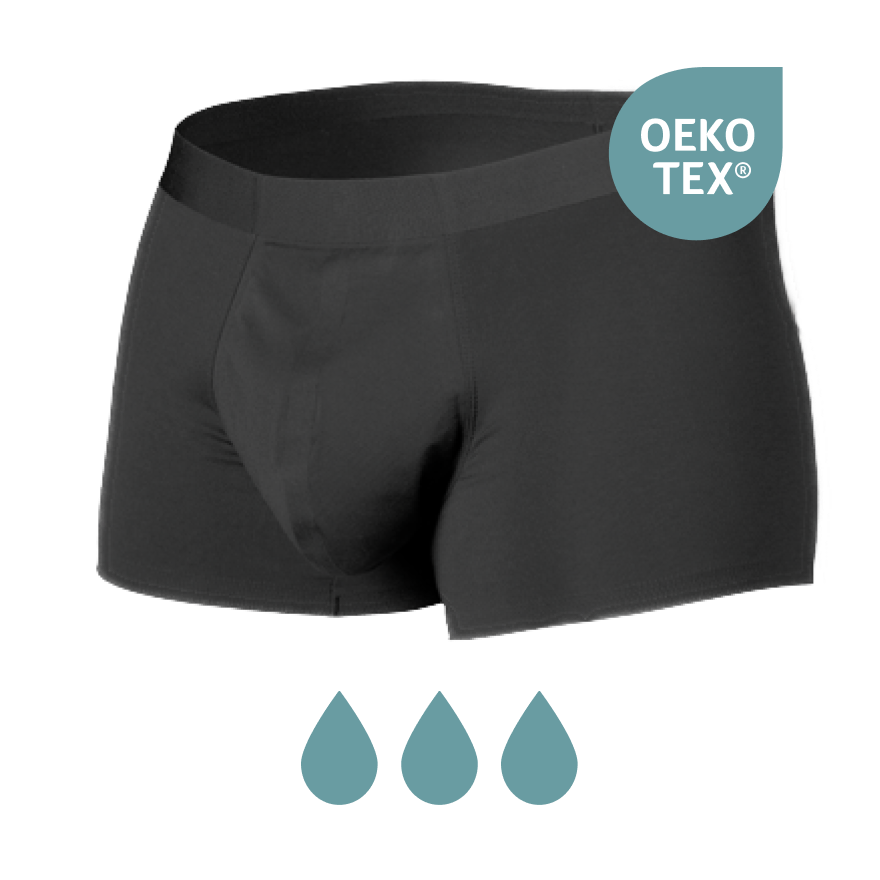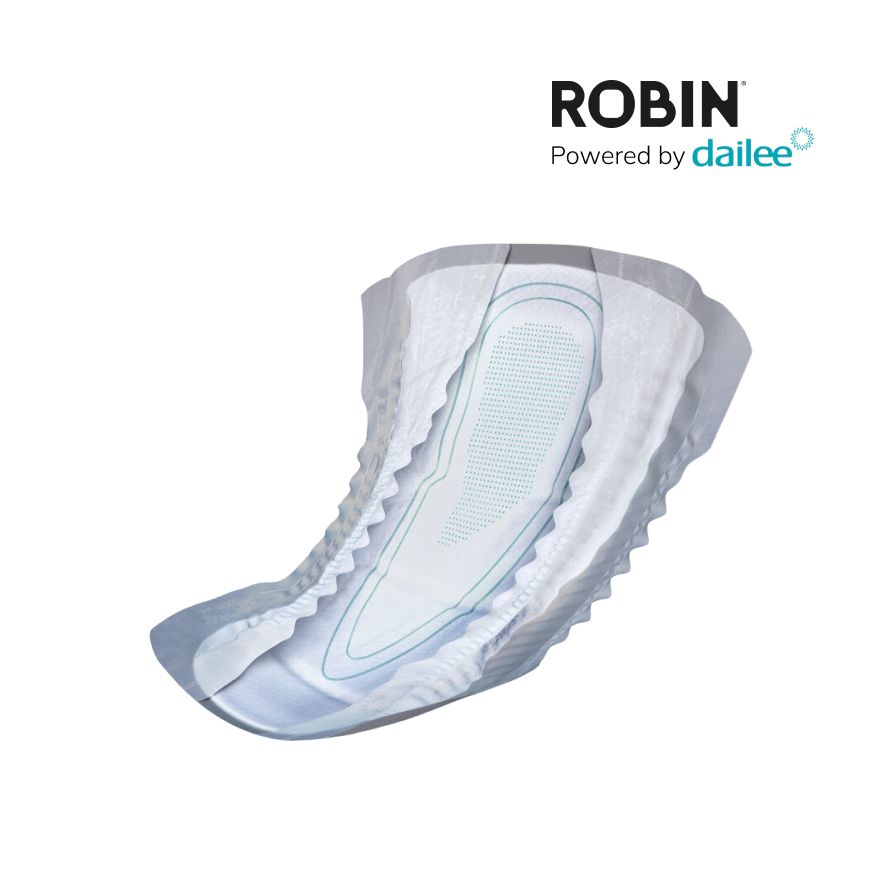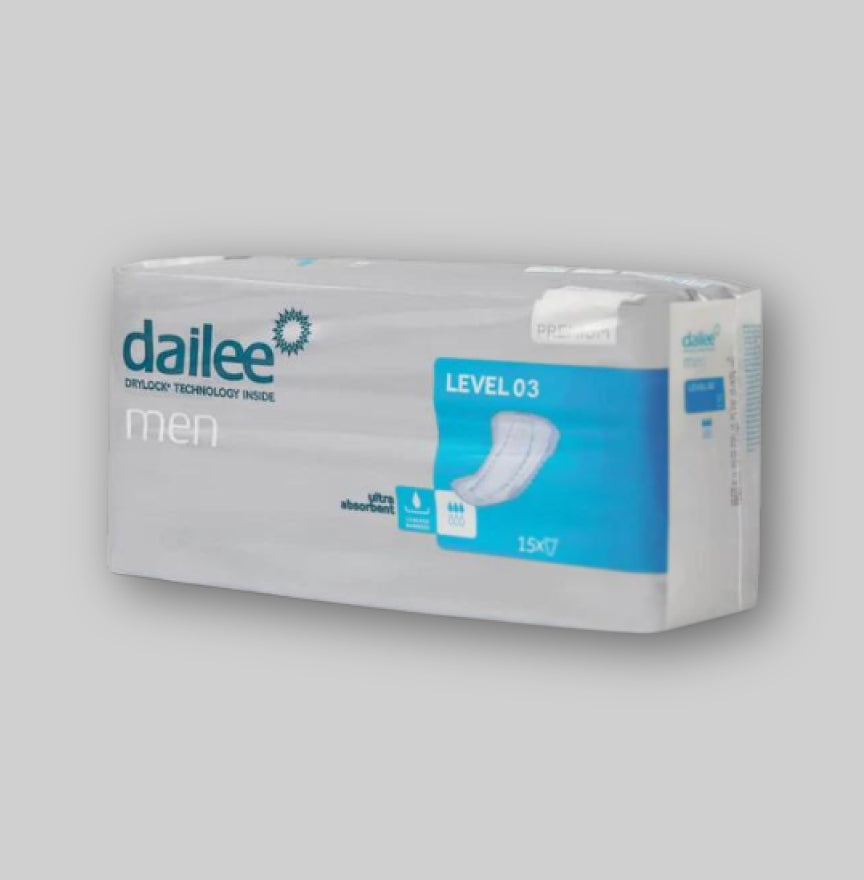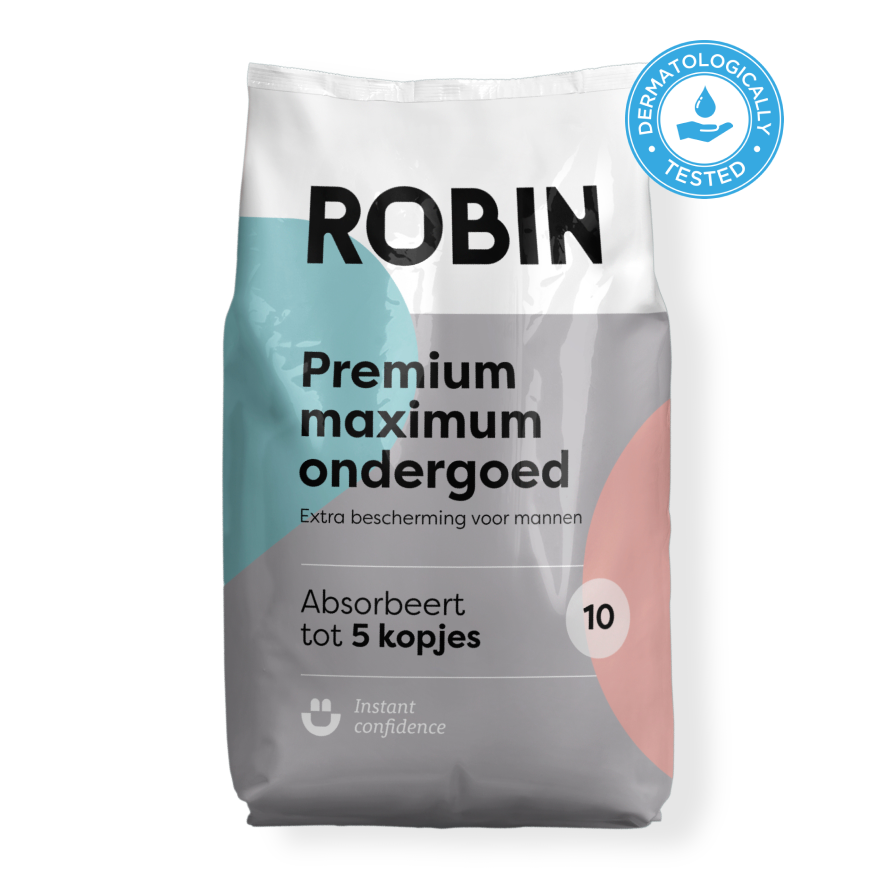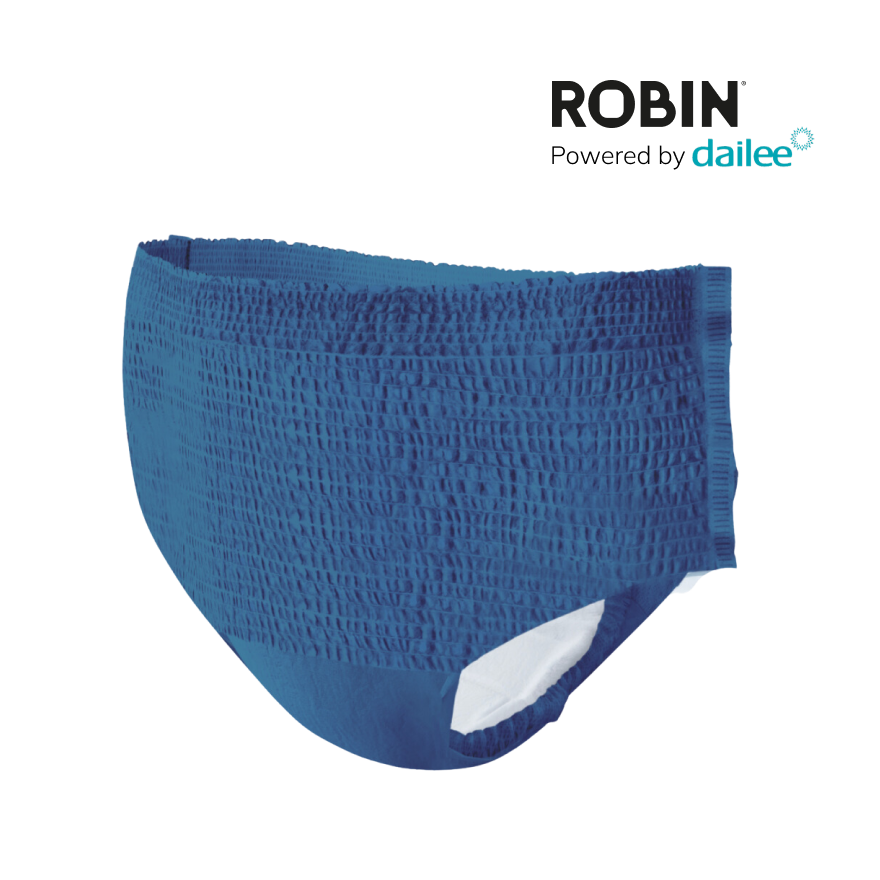If you suffer from fat or greasy urine, you may start to wonder what the cause is and whether you should worry about this recent change. This article delves into a study of 7 common factors that contribute to oily and greasy urine, and sheds light on drawing that can indicate a more serious underlying problem.
Is oily and greasy urine normal?
Although variations in urine composition can be attributed to a range of factors, the presence of oiliness or fat can raise questions about its customary. In general, it is expected that urine is clear and free of noticeable oil-like or cool substances.
Nevertheless, occasional abnormalities can be influenced by various factors such as dietary choices, hydration levels and even specific medicines that we will treat below. Nevertheless, persistent or recurring oily or oily urine should receive denser attention, because it can indicate an underlying health problem.
7 Common causes of oily and greasy urine
1. Dehydration
Dehydration can manifest itself in different ways, and a less well -known sign is the potential for urine to become oily or fat. When the body does not get enough moisture, it responds by saving water, leading to concentrated urine. This concentration can result in the excretion of substances that may not have been diluted as they should be, which may give the urine an oily or fat appearance.
Insufficient hydration can compromise the kidneys in their ability to effectively filter and eliminate waste, so that certain substances can accumulate in the urine. As a result, dehydration can contribute to the presence of oily or oily urine, as a physiological reaction that indicates the need for increased fluid intake to maintain the right body functions and overall health. Read here how to bladder keeps healthy.
2. Ketose
Ketosis, a metabolic state characterized by an increased production of ketone bodies, can lead to oily or oily urine. During ketosis, the body of trusting carbohydrates shifts for energy to the use of stored fat, which leads to the degradation of fatty acids. As a result, ketones are produced and excreted via urine.
The presence of ketones in the urine, a phenomenon that is known as ketonuria, can sometimes give an oily or fruity scent to the urine. This event is particularly associated with low carbohydrate, high -fat diets, such as the ketogenic diet. Although ketosis is a normal metabolic process, persistent or excessive excretion of ketones can justify monitoring, because it could indicate an imbalance or insufficient hydration. This can also result in a change of color in the urine.
It is recommended for individuals who undergo ketosis, either through dietary choices or medical conditions, to stay sufficiently hydrated and to seek professional medical guidance for advice on maintaining a healthy metabolic state.

3. Certain foods
Certain diet choices can contribute to the development of oily or oily urine. Consumption of foods rich in fats, in particular that are rich in unsaturated fats and omega-3 fatty acids, can lead to an oily or fat appearance in the urine.
Foods such as fatty fish, nuts, seeds, avocados and olive oil, which are often part of a healthy diet, can sometimes lead to the excretion of oily or fatty substances in the urine. Moreover, an excessive intake of certain supplements, such as fish oil capsules or omega-3 supplements, can also contribute to this phenomenon.
Although these diet factors can cause temporary changes in urine composition, it is essential to distinguish between innocent events and possible underlying health problems. Monitoring diet habits and consultation with health professionals can help individuals get a better understanding of the relationship between food choices and urine characteristics.
